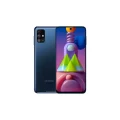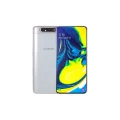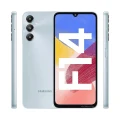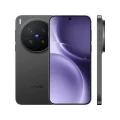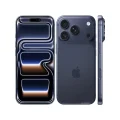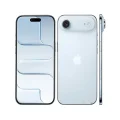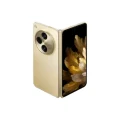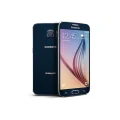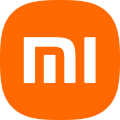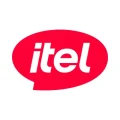- Home
- All Products
- Samsung
- Samsung Galaxy J8
Samsung Galaxy J8
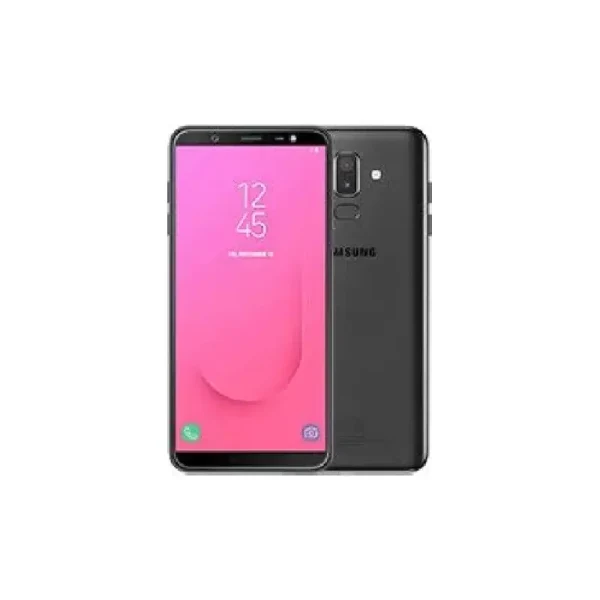

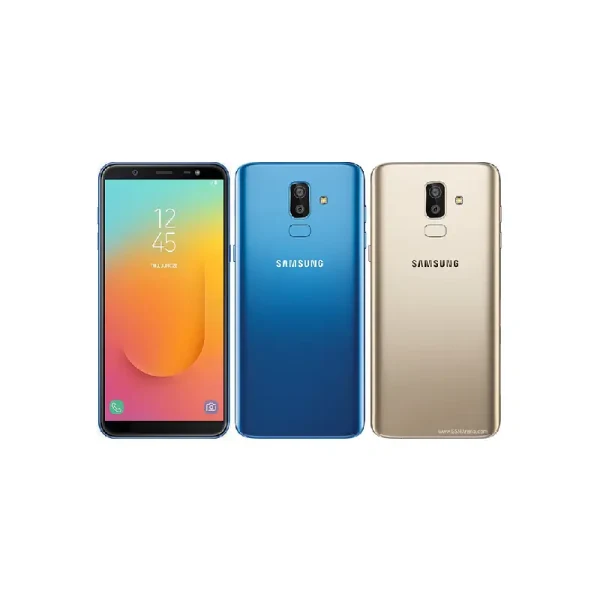
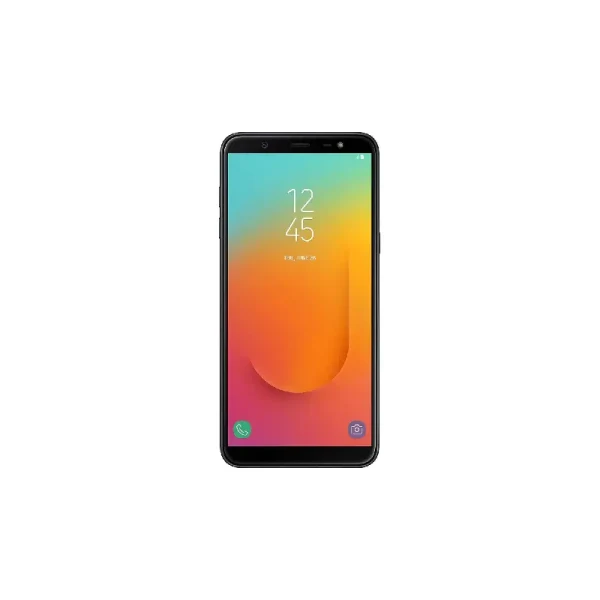
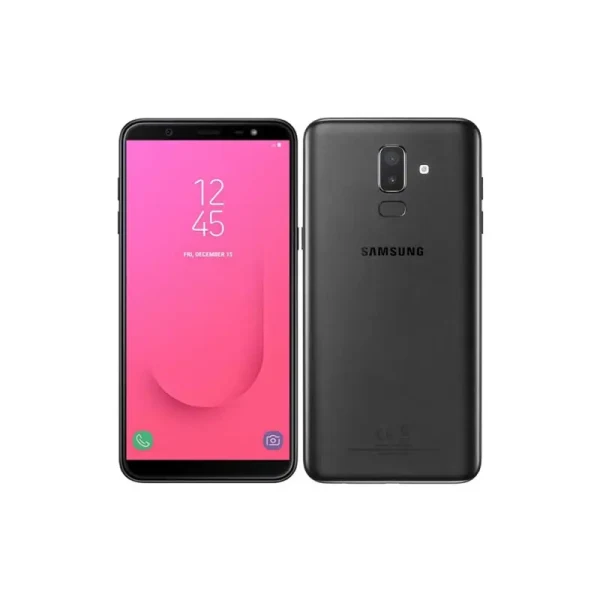
-
Battery: Li-Ion 3500 mAh
-
RAM: 3GB, 4GB
-
Storage: 32GB, 64GB
-
Display: Super AMOLED, 6.0 inches
-
Camera: Rear 16 MP+5 MP, and Front 16 MP
-
OS: Android 8.0 (Oreo), upgradable to Android 9.0 (Pie)
Full Specifications
Price
General
| Model | Samsung Galaxy J8 |
| Announced | 2018, May |
| Released | 2018, July |
| Status | Available |
Design
| Dimensions | 159.2 x 75.7 x 8.2 mm (6.27 x 2.98 x 0.32 in) |
| Weight | 177 g (6.24 oz) |
| SIM SIM (Subscriber Identity Module) is a small card that contains mobile network subscriber's account information. This allows the phone using the card to attach to a mobile network. The SIM card is most commonly associated with GSM and UMTS mobile networks. Moving a SIM card from one phone to another allows a subscriber to switch mobile phones without having to contact their mobile network carrier. SIM cards can also be used by a phone to store limited amounts of data, such as phone numbers and text messages. |
Dual SIM (Nano-SIM, dual stand-by) |
| Colors |
Black, Gold, Blue, Purple |
Display Specification
| Display Type Display Technology => A number of display technologies and types used in mobile phones => TFT (Thin Film Transistor), IPS (In-Place Switching), OLED (Organic Light Emitting Diode), AMOLED (Active-Matrix Organic Light-Emitting Diode), Super AMOLED (an even advanced version of AMOLED), Resistive Touchscreen (Resistive touchscreens contain two layer of conductive material with a very small gap between them which acts as a resistance), Capacitive Touchsceen (Capacitive touchscreen technology consists of a layer of glass coated with a transparent conductor) | Super AMOLED |
| Size | 6.0 inches, 91.4 cm2 |
| Resolution | 720 x 1480 pixels, 18.5:9 ratio |
| Pixel Density Pixel Density (PPI) is refers to the concentration of pixels on a particular display, measured in pixels per inch (ppi). Pixel density is calculated by dividing the diagonal pixel resolution of a display by its diagonal size, higher pixel density better display quality. | 274 ppi density |
| Features | 75.8% screen-to-body ratio |
Platform
| Operating System OS => Every computer system run on a base software called Operating System (OS). Operating System controls all basic operations of the computer (such as smartphone, PDAs, tablet computers and other handheld devices). The Operating System allows the user to install and run third party applications (apps), apps are used to add new functionality to the device. | Android 8.0 (Oreo), upgradable to Android 9.0 (Pie) |
| Chipset Chipset is a group of integrated circuits designed to perform one or a more dedicated functions, often with real time computing constraints, Popular smartphones are equipped with more advanced embedded chipsets that can do many different tasks depending on their programming. | Qualcomm SDM450 Snapdragon 450 (14 nm) |
| CPU CPU (Central Processing Unit) mostly known as processors, CPU processes instructions in order to carry out certain functions that make your device operate properly. Processors are often described as the brain of computers, smartphones and tablets, Smartphones and tablets rely on processors to carry out their every task, Processors are an incredibly important factor in selecting any type of computing device, including your smartphone. | Octa-core 1.8 GHz Cortex-A53 |
| GPU GPU (Graphics Processing Unit) is a single-chip processor designed to rapidly manipulate and alter memory to accelerate the creation of images in a frame buffer intended for output to a display, This includes things such as lighting effects, object transformations, and 3D motion. | Adreno 506 |
Main Camera
| Camera Setup | Dual |
| Resolution |
16 MP, f/1.7, AF 5 MP, f/1.9, (depth) |
| Features |
LED flash, panorama, HDR |
| Video | 1080p@30fps |
Selfie Camera
| Camera Setup | Single |
| Resolution |
16 MP, f/1.9, 26mm (wide), 1/3.06", 1.0µm |
| Video | 1080p@30fps |
| Features |
LED flash |
Network & Connectivity
| Technology | GSM / HSPA / LTE |
| Speed | HSPA 42.2/5.76 Mbps, LTE-A (2CA) Cat6 300/50 Mbps |
| Wi-fi Wi-Fi is a popular wireless networking technology using radio waves to provide high-speed network connections that allows devices to communicate without cords or cables, Wi-Fi is increasingly becoming the preferred mode of internet connectivity all over the world. | Wi-Fi 802.11 b/g/n, Wi-Fi Direct |
| Bluetooth Bluetooth is a wireless communications technology for exchanging data between mobile phones, headsets, computers and other network devices over short distances without wires, Bluetooth technology was primarily designed to support simple wireless networking of personal consumer devices. | 4.2, A2DP, LE |
| NFC NFC (Near field communication) is a set of standards for smartphones and similar devices to establish peer-to-peer radio communications with each other by touching them together or bringing them into proximity, usually no more than a few inches. | No |
| Positioning |
GPS, GLONASS, BDS |
| FM Radio | Yes |
| USB | microUSB 2.0, OTG |
| 2G Network |
GSM 850 / 900 / 1800 / 1900 - SIM 1 & SIM 2 |
| 3G Network |
HSDPA 850 / 900 / 1700(AWS) / 1900 / 2100 |
| 4G Network |
1, 2, 3, 4, 5, 7, 8, 12, 17, 20, 28, 38, 40, 41, 66 - J810Y/DS |
Battery
| Battery Type Battery Type => Cell phones run on various kinds of batteries depending on the manufacturer, phone size or shape and features. There are basically four types of cell phone batteries => Lithium Polymer, Lithium Ion, Nickel Metal Hydride and Nickel Cadmium. | Li-Ion (Lithium Ion) |
| Capacity Battery Capacity is a measure (typically in Amp-hr) of the charge stored by the battery, and is determined by the mass of active material contained in the battery. The battery capacity represents the maximum amount of energy that can be extracted from the battery under certain conditions. | 3500 mAh |
| Removable | No |
| Charging | - |
| Wireless Charging Wireless Charging (Inductive Charging) uses an electromagnetic field to transfer energy between two objects. This is usually done with a charging station. Energy is sent through an inductive coupling to an electrical device, which can then use that energy to charge batteries or run the device. | No |
Multimedia
| Loudspeaker | Yes |
| Audio Jack | Yes |
Storage
| Card Slot Memory Card Slot is a special slot for inserting a memory card. Memory cards allow you to expand the phone's built-in memory, A memory card (sometimes called a flash memory card or a storage card) is a small storage medium used to store data such as text, pictures, audio, and video, for use on small, portable or remote computing devices such as mobile phones, mp3 players, digital cameras. | microSDXC (dedicated slot) |
| Internal Storage Internal Storage is a data storage space (flash memory) mostly used in smartphones, tablets and other electronic devices where operating system, apps, music, photos, videos, files and other user data Is stored. |
32GB 3GB RAM, 64GB 4GB RAM eMMC 5.1 |
Sensors
| Fingerprint | Yes (rear-mounted) |
| Other Sensors | accelerometer, proximity |
FAQs:
- What is the display size and resolution of Galaxy J8?
The Galaxy J8 has a 6-inch Super AMOLED display with 720×1480 pixels resolution.
- What processor does the J8 use?
It is powered by the Qualcomm Snapdragon 450 octa-core processor.
- How good is the camera on the J8?
The J8 has a dual 16MP + 5MP rear camera setup which takes good photos in daylight conditions but average low-light photos. The front 16MP camera is decent for selfies.
- How much storage and RAM does the J8 offer?
The J8 comes in 3GB RAM + 32GB storage and 4GB RAM + 64GB storage variants. Storage is expandable via microSD card.
- What software does the phone run on?
It runs on Android 8.0 Oreo out of the box.
- What colors is the Galaxy J8 available in?
It comes in Black, Gold, Blue and Purple color options.
- Does the J8 support face unlock?
Yes, it comes with a face unlock feature in addition to a rear fingerprint sensor.
- How big is the battery on the J8?
It has a 3500mAh battery which provides decent battery life but lacks fast charging support.
- What are the best alternatives to Galaxy J8 in this price range?
Some good alternatives are Xiaomi Redmi Note 7, Realme 3 Pro, and Vivo Z1 Pro in the same price segment.
Give Your Review
Disclaimer Note
You can write your own disclaimer from APS Settings -> General -> Disclaimer Note.


